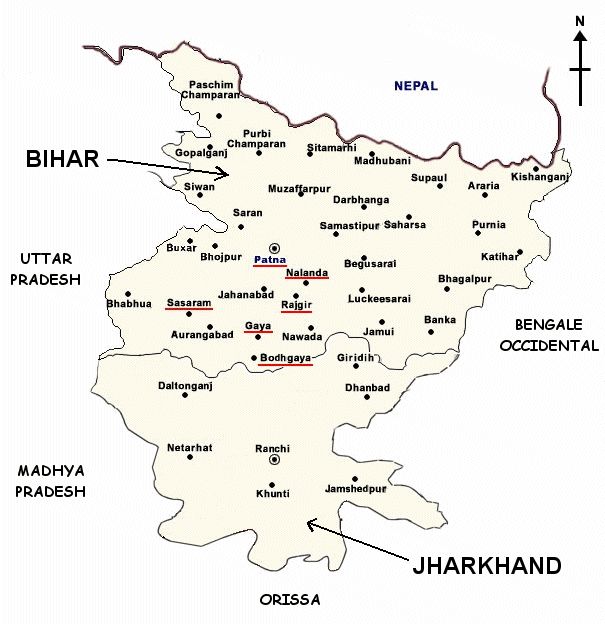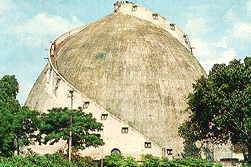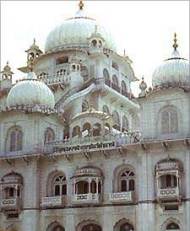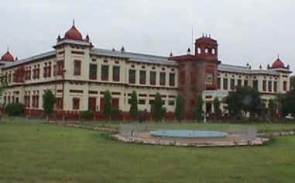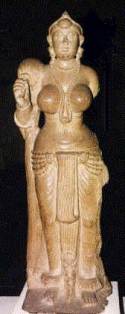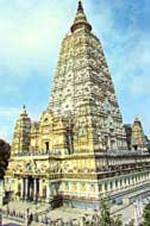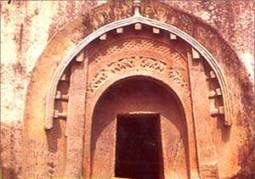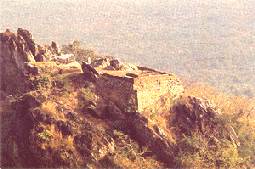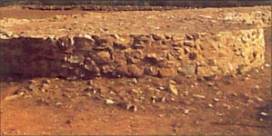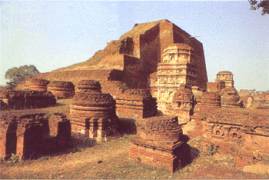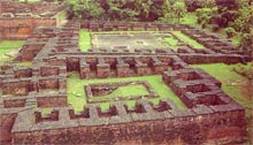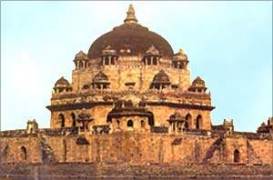The state of Bihar lies in the east of India. It has 83 million inhabitants on an area of 94160 km2. The capital is Patna and the official language is Hindi. The state is crossed from west to east by the Ganges and thus has a very fertile alluvial plain. Agriculture is the main economic activity of the state. Cultivation takes place mainly along the Ganges basin (sugar cane, rice, wheat, potatoes, tobacco, jute, etc.). Apart from the sugar factories, there are few industries and the state is poor.
The state of Jharkhand was created in the year 2000 to meet the demands of tribal peoples (Adivasi). Its 27 million inhabitants are spread over an area of 79710 km2. The state is dominated by the Chotanagpur mine plateau (one of the richest mining regions in the world and the largest in India). Coals, iron, bauxite, copper and mica are mainly mined.
History
The history of this region is very old and was marked by important religious events. It was in Bihar, in Bodhgaya, that Prince Siddhartha Gautama attained enlightenment and became the Buddha. It was at Pawapuri that Mahavira was born, the 23rd Tirthankara, considered the founder of Jainism. It was also in Bihar that the tenth guru of Sikhism, Gobind Singh, was born.
But the history of Bihar is mainly marked by the Maurya dynasty and especially by the reigns of Chandragupta (4th century BC) and Ashoka (3rd century BC), which made Pataliputra (now Patna) one of the more developed in India.
The Gupta dynasties reigned until the end of antiquity on Bihar, then the Pala governed until the arrival of the Muslims in the twelfth century. Bihar lost its political and economic influence. The only outstanding personality of the Mughal period was Sher Shah in the sixteenth century.
The British placed Bihar under the presidency of Bengal until 1912. At that time Bihar and Orissa were united in one province. It was not until 1935 that the Province of Bihar became an administrative unit of the colony as such. At independence this province became a state of the republic. In November 2000 Bihar was almost cut in half to allow the creation of the state of Jarkhand in the south.
Map of the provinces of Bihar and Jarkhand
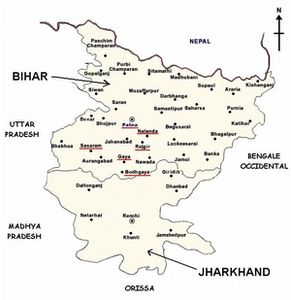
Map of Bihar and Jarkhand
Patna
Patna, the capital of the state of Bihar, is one of the oldest cities in the world. Historically its creation dates back to King Ajatshatru when he decided to build a small fort on the banks of the Ganges in a place then called Pataligram. We are then in the 6th century BC The city is renamed Pataliputra and it will dominate the region until the 5th century AD It will be a great center of culture and teachings.
About 273 BC the great Emperor Ashoka replaced the wooden palisades with stone ramparts. The buildings erected at this time impress all passing travelers and the reputation of the city will surpass the borders. Unfortunately the fall of Pataliputra will be fast. In the 5th century it was sacked by the Greeks and then devastated by the floods. The city was "rediscovered" only in the 16th century by Sher Shah Suri and baptized Patna. It will then be controlled by the Mughals then by the Nawabs of Bengal. It was in Patna that the British built their first factories in 1620. They took definitive control of the city in 1764 after the battle of Buxar.
Le Golghar
Ce bâtiment ovoïde de 29 mètres de haut fut construit par John Garstin en 1786 dans le but de stocker du grain. Les britanniques voulaient ainsi éviter que se reproduise la famine qui avait frappé la région en 1770. Ce silo pouvait stocker jusqu'à 140 000 tonnes de grains mais il ne fut jamais rempli. L'escalier qui l'entoure permet de monter au sommet où une terrasse offre une vue sur la ville.
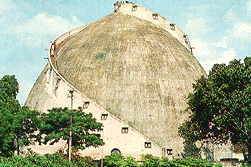
Le Golghar
Le Har Mandir
Construit au coeur de la Vieille Cité, le Palais de la Cité est composé de bâtiments entre lesquels ont été construits des cours intérieures et des jardins. Les bâtiments n'ont pas tous été érigés à la même époque. Le Chandra Mahal occupe la partie centrale. Le rez-de-chaussée abrite un musée. À l'intérieur du palais plusieurs salles méritent le détour notamment la Diwan-i-Am et ses manuscrits anciens en sanskrit et persan, et la Diwan-i-Khas et sa galerie de marbre.
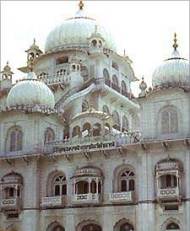
Le Har Mandir
Le musée de Patna
Construit au coeur de la Vieille Cité, le Palais de la Cité est composé de bâtiments entre lesquels ont été construits des cours intérieures et des jardins. Les bâtiments n'ont pas tous été érigés à la même époque. Le Chandra Mahal occupe la partie centrale. Le rez-de-chaussée abrite un musée. À l'intérieur du palais plusieurs salles méritent le détour notamment la Diwan-i-Am et ses manuscrits anciens en sanskrit et persan, et la Diwan-i-Khas et sa galerie de marbre.
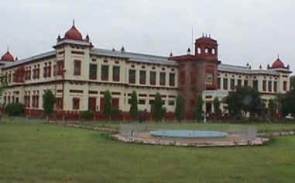
Le musée de Patna
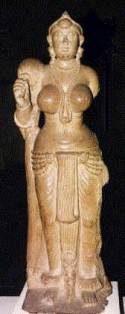
Le musée de Patna
La bibliothèque orientale de Khuba Baksh
Cet endroit est célèbre pour ses superbes manuscrits arabes et persans, pour ses peintures et pour ses livres parmi lesquels des pièces rapportées d'Espagne lorsque les arabes durent quitter la péninsule.
Bodhgaya
Bodhgaya is the largest Buddhist pilgrimage center in the world. It is indeed here that Buddha reached the Awakening under a tree (a banyan tree) of which one of the rejects is still alive. Many sanctuaries and Buddhist buildings were erected during the reign of Ashoka, but only a few are still visible.
Many people, monks or curious, come here to spend a few winter weeks in meditation centers.
The temple of Mahabodhi
This 29-foot tall ovoid building was built by John Garstin in 1786 to store grain. The British wanted to avoid the famine that had hit the region in 1770. This silo could store up to 140,000 tons of grain but it was never filled. The staircase which surrounds it allows to climb to the summit where a terrace offers a sight on the city.
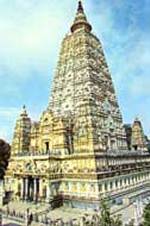
The temple of Mahabodhi
Buddhist monasteries
Countries with a large Buddhist population have each built a monastery or temple in Bodhgaya. One can thus visit a temple Thai, Japanese, Burmese, Chinese, Vietnamese, etc. Some of these monasteries organize meditation courses.
Gaya
This city takes its name from Gayasura (asura means demon), the son of Tripurasura. Gayasura possessed the power to send to heaven all those who touched him. This bothered Yama, the god of death, who asked Vishnu to kill Gayasura. Vishnu acceded to this request while assuring Gayasura that the earth that would cover his body would be sacred and would be called Gaya Ksetra. The city of Gaya is venerated by the Hindus who come there to ask for the salvation of their deceased. For this they offer funeral cakes (pindas) as an offering.
The temple of Vishnupada
Ten meters high and built in 1787, this Hindu temple houses the footprint of Vishnu. This one is 40 cm long and 15 wide and is encrusted in a rock placed in a silver basin of 1.2 meters in diameter.
The Akshya Vat
Located near the temple of Vishnupada, this banyan would have been blessed by Sita, the wife of Rama, thus conferring immortality. Buddhists also worship him because Buddha would have meditated under this tree before going to Bodhgaya.
The caves of Barabar
Located about 30 kilometers from Gaya, these caves were excavated around -200 BC. Two caves contain inscriptions of Emperor Ashoka. The interior is remarkably smooth, especially that of the Sudama cave. The Loma Rishi cave has a magnificent sculpted facade, inspired by Buddhism.
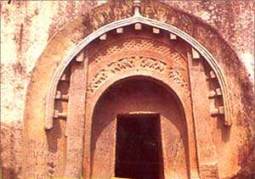
The caves of Barabar
Rajgir
Rajgir was the capital of the Magadha kingdom until Ajatshatru installed it in Patna in the 5th century BC At that time the town was called Rajagriha or Girivraja. Rajgir is a sacred city for Buddhists. Buddha spent several years there, preaching on the Griddhakuta hill where he converted King Bimbisara, father of Ajatshatru. The first Buddhist Council was held not far from the city, six months after the death of Buddha.
Rajgir is also sacred to the jainas because the twentieth tirthankara would have been born there and Mahavira would have stayed there. The city now attracts tourists due to the climate and the presence of hot springs.
The Griddhakuta hill
It was at this point that Buddha withdrew during the rainy season to meditate and deliver sermons. A staircase carved out of the rock on a hillside gives access to the two natural caves that served as a refuge.
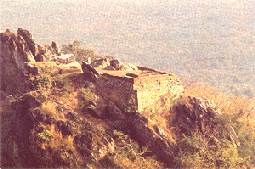
The Griddhakuta hill
The Venuvana Vihar
It was on this site that King Bimbisara had a monastery built for Buddha to meditate. Not far away was the basin of Karanda in which the founder of Buddhism performed his ablutions.
The Stupa Vishwa Shanti
Built by the Japanese on the Ratnagiri hill, this 38-meter high stupa houses four Buddha statues representing the four stages of his life (birth, awakening, teaching, death). You can reach the top of the hill by a chairlift.
The ruins of Ajatshatru fort
The fort was built by Ajatshatru in the 6th century BC It was here that he imprisoned his father. Archaeologists have discovered the remains of a contemporary Buddha stupa.
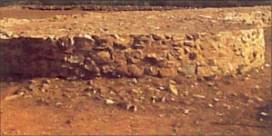
The ruins of Ajatshatru fort
Nalanda
Nalanda has a very ancient history. Buddha and Mahavira, the founders of Buddhism and Jainism, frequently visited the city. It is also the supposed place of the birth of Sariputra, one of the great disciples of Buddha. But it was especially thanks to his university founded in the 5th century BC that Nalanda gained great fame in Asia.
The ruins of the university
This university was founded by the Gupta kings. The Buddhist and Hindu texts were taught there. At the time, it had more than 10,000 students and 1500 professors. The university prospered thanks to the patronage of the kings who built there stupas, monasteries or temples. Most of the buildings were built several times on top of each other, mostly red brick.
This teaching center operated until the end of the 12th century, when it was plundered by the Afghans. It then fell into ruins. Today these cover 12 hectares. Archaeologists have discovered nine levels of occupation. The largest visible structure is the Great Stupa, surrounded by constructions erected at different periods.
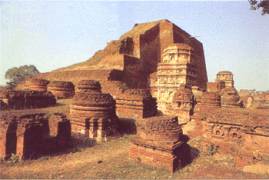
The ruins of the university
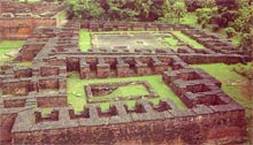
The ruins of the university
The archaeological museum
This museum gathers the objects discovered on the site of the university. It shows how well the university had developed its schools of sculptures and paintings. There are bronzes, manuscripts and other objects of the great Maurya and Gupta periods. Other collections include copper and stone plaques covered with writing, coins, pottery, etc.
Sasaram
This western city of Bihar lies on the famous Grand Trunk Road, which has crossed India from east to west since the Middle Ages. This commercial communication route underwent great development under the Mughals and was redesigned by the architect Aliwal Khan during the reign of Sher Shah in the mid-16th century.
The mausoleum of Sher Shah
Located in the middle of a small artificial lake this massive building was built on the death of Sher Shah in 1545. Its dome measures 46 meters high for 22 meters in diameter, 4 more than the dome of the Taj Mahal. The walls are decorated with blue, red, white and yellow geometric patterns. The tomb of Sher Shah is located in the central octagonal chamber.
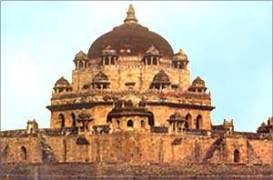
The mausoleum of Sher Shah
The tomb of Hassan-Sur-Khan
Hassan Khan was the father of Sher Shah and he was also buried in Sasaram. Surrounded by a fortified enclosure, the building built in 1535, however, was less resistant to the time and the extension of the city.
See also:





